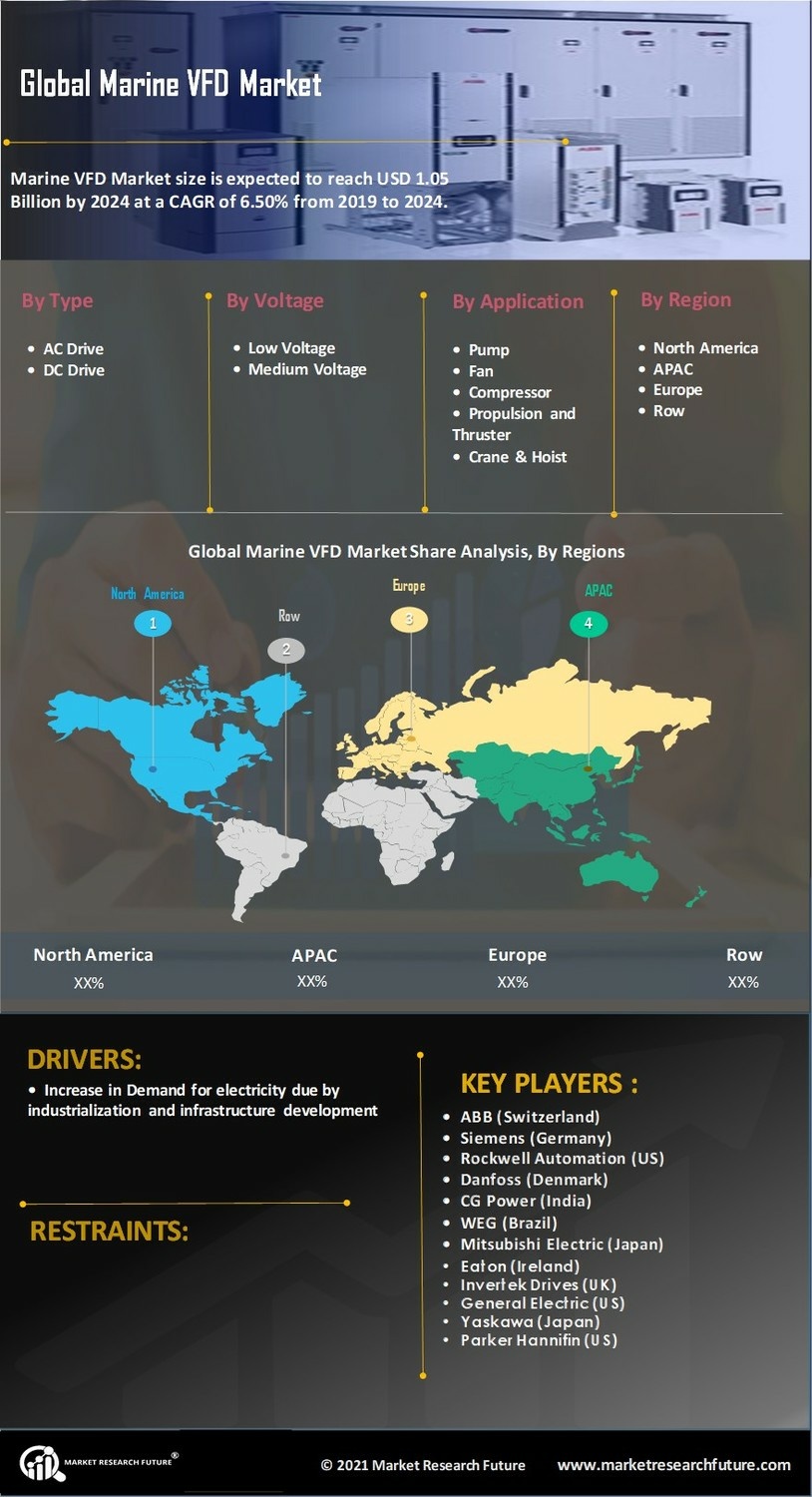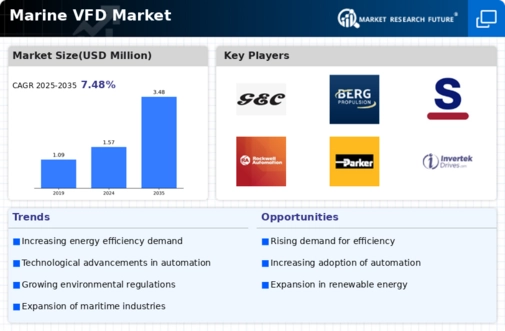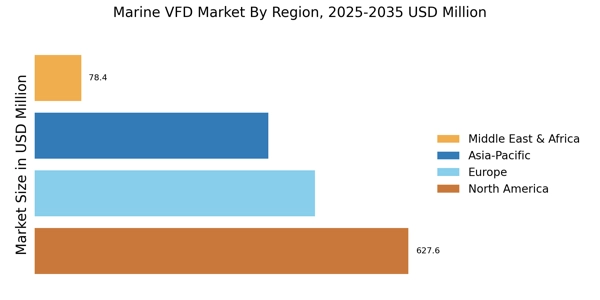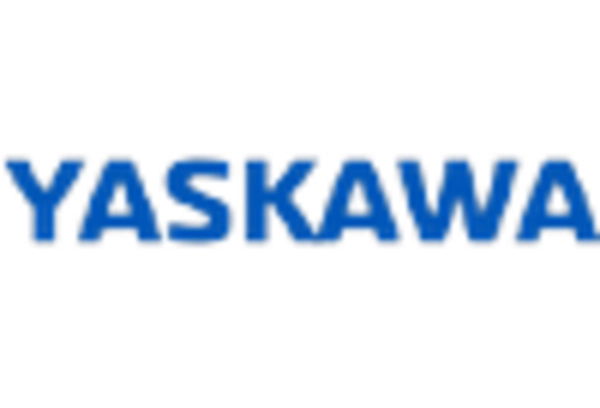The global marine Variable Frequency Drive (VFD) market is characterized by a highly competitive landscape, driven by key players striving for innovation, technological advancements, and strategic collaborations to gain a competitive edge in the market. Leading companies such as ABB Ltd., Siemens AG, Schneider Electric SE, Danfoss Group, and Rockwell Automation, Inc. dominate the market with their extensive product portfolios and strong global presence.
These industry giants focus on continuous research and development efforts to introduce cutting-edge VFD solutions tailored specifically for marine applications. In the critical competitive landscape, companies are increasingly investing in expanding their product offerings to cater to the diverse needs of the marine industry. Customized VFD solutions designed for various marine applications such as propulsion systems, pumps, fans, compressors, and other onboard equipment are gaining traction among end-users.
General Electric: General Electric Company, commonly known as GE is an American multinational conglomerate incorporated in New York and has its global headquarters in Boston. It is present in more than 160 countries along all the major regions of the world. The company operates in many sectors like aerospace, power, renewable energy, additive manufacturing, digital industry & venture capital, and finance. In 2011, the firm decided to divide the overall firm into 3 divisions, GE Aerospace, GE HealthCare, and GE Vernova.
The companies will focus on aerospace, healthcare & energy. The Aerospace division produces jet & turboprop engines as products for commercial, military, business & general aviation products. The Vernova division produces products like boilers, turbines for energy reactors & wind power plants, and novel technologies like H2 production for the widespread energy sector. The HealthCare division provides healthcare products like pharmaceutical diagnostics technology for the healthcare sector. The company has a strong presence in North America, Europe, and the Asia Pacific region.
Siemens AG: Siemens AG is a German multinational technology-based conglomerate, established by the engineers Werner von Siemens & Johann Halske. It has operations in about 190 countries and approximately 285 production & manufacturing facilities present in all geographical regions across the globe. Siemens is a leading technology company that offers products, systems, and services for various industries and markets. Siemens operates in four main business segments: Digital Industries, Smart Infrastructure, Mobility, and Siemens Healthineers. Digital Industries provides solutions for automation, industrial software, and digitalization for discrete and process industries.
Smart Infrastructure enables the intelligent and efficient use of energy and resources in buildings, grids, and distributed energy systems.
Mobility provides solutions for passenger and freight transportation, including rail vehicles, signaling, and electrification. Siemens Healthineers focuses on medical technology and healthcare services, such as imaging, diagnostics, and therapy. It is the largest industrial manufacturing company in Europe and holds the position of global market leader in industrial automation and industrial software. It is the second-largest German company based on market capitalization and has held about 43,600 patents worldwide. The company has strong presence in North America, Europe, and Asia Pacific.
Marine VFD Market Industry Developments
January 2024: GE Power Conversion announced the launch of the Ecomagination MV6 Series medium-voltage drive, a new variable frequency drive (VFD) primarily aimed at energy and industrial applications. The ecomagination MV6 Series medium-voltage drive can deliver output power up to 3,000 kW, making it suitable for a wide range of energy and industrial applications.
May 2023: Siemens announced the launch of a new servo drive system, Sinamics S200, specifically designed for the battery and electronics industry. This innovative drive system offers a range of features and benefits tailored to the unique requirements of these industries. The S200 drives provide high performance and energy efficiency, making them ideal for a variety of standard applications in the battery, electronics, and other industries.


















Leave a Comment